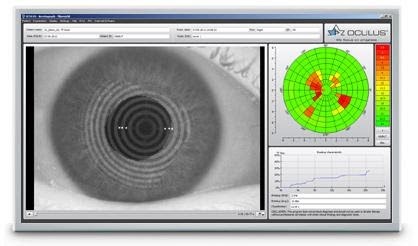The Dry Eye Clinic
at Grand River Optometry
More and more patients are reporting that their eyes feel gritty, itchy and dry. Their vision fluctuates and is blurry. In response, their eyes water and are tired
Although their symptoms may differ, these patients are suffering from Dry Eye Disease.
Dry Eye Syndrome







